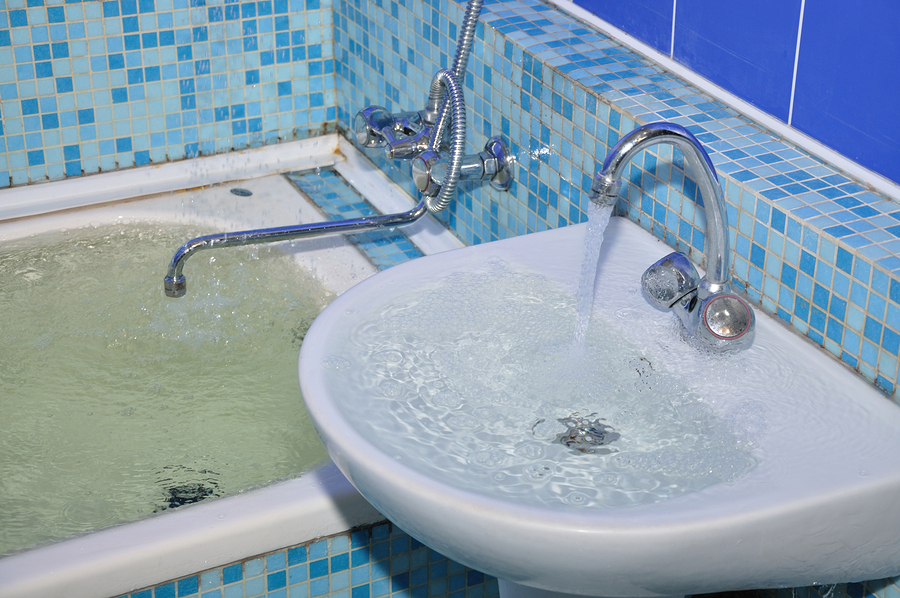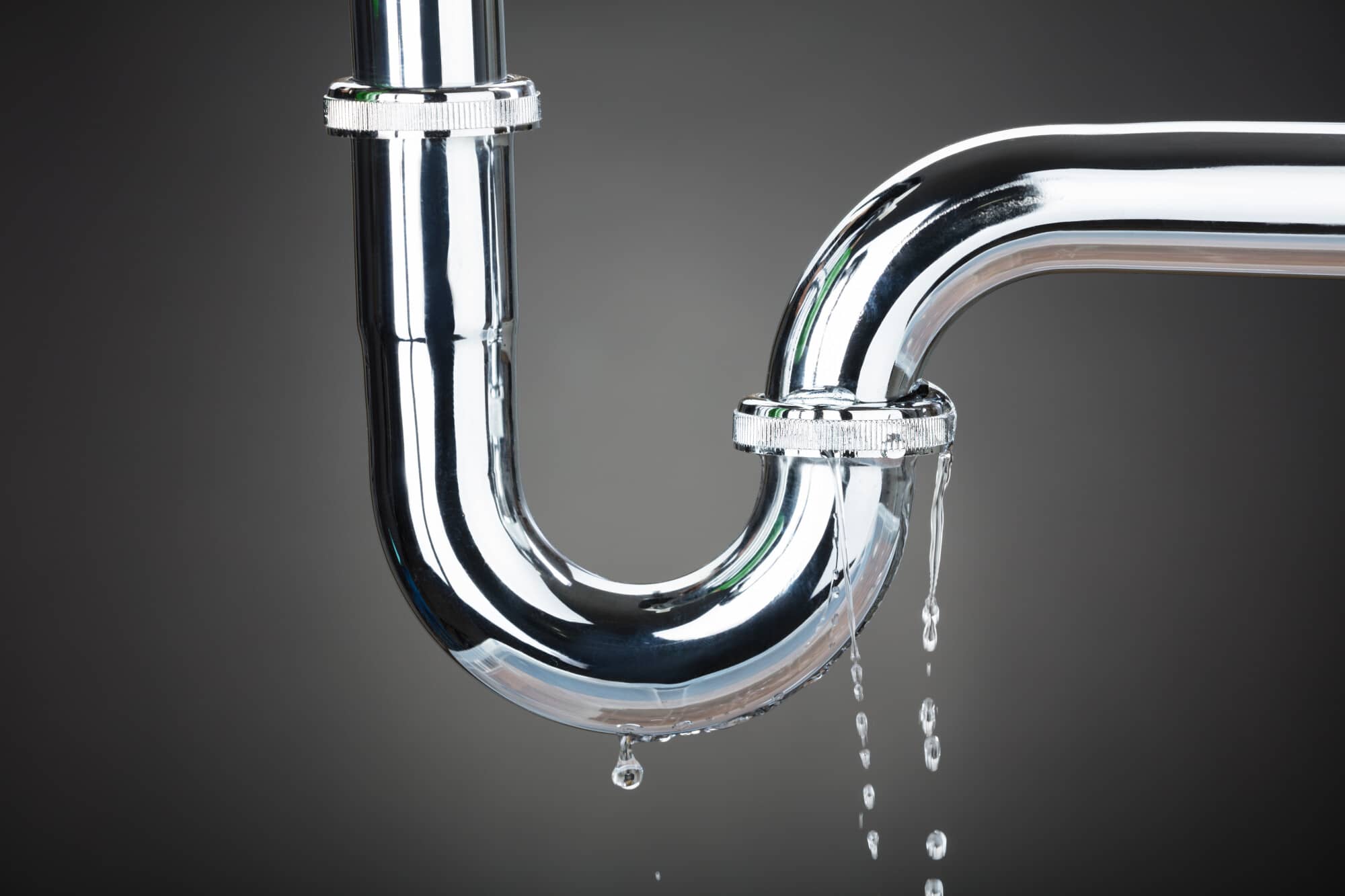They are making a few great observations relating to How to Repair and Prevent Bathroom Water Damage? overall in this content followed below.

Water damage typically takes place in the shower room due to the water used everyday. Occasionally, the damage could be a little mold from the shower. Other times, it's substantial damages on your flooring. Whatever it is, it is constantly great to recognize the cause and prevent it prior to it occurs.
This overview will experience a few of the common sources of water damage in the shower room. We will certainly also analyze what you can do to prevent these causes from harming your washroom. Let's dive in.
These are the common factors you would certainly have water damage in your bathrooms as well as exactly how you can detect them:
Excess Moisture
It's awesome to have that long shower and splash water while you hem and haw as well as act like you're performing, yet sometimes these acts could cause water damage to your restroom.
Spraying water around can cause water to go to edges as well as form molds. Enjoy just how you spread excess moisture around, as well as when you do it, clean it up to avoid damages.
Fractures in your wall surface ceramic tiles
Bathroom wall surface ceramic tiles have been particularly made for that function. They protect the wall surface from moisture from people taking showers. However, they are not unbreakable.
Occasionally, your bathroom wall floor tiles fracture as well as permit some wetness to leak into the wall surface. This might possibly destroy the wall if you do not take any kind of action. If you see a split on your wall ceramic tiles, fix it right away. Don't wait until it damages your wall surface.
Overflowing commodes and sinks
As humans, sometimes we make blunders that can trigger some water damage in the shower room. As an example, leaving your sink faucet on could create overruning and damage to other parts of the bathroom with dampness.
Additionally, a damaged commode might cause overruning. For instance, a broken commode handle or other parts of the tank. When this takes place, it might damage the flooring.
As quickly as you observe an overflowing sink or bathroom, call a plumbing professional to aid manage it quickly.
Burst or Dripping Pipelines
There are several pipelines lugging water to different parts of your bathroom. Some pipes take water to the commode, the sink, the taps, the shower, and also lots of various other areas. They crisscross the little location of the bathroom.
Occasionally, these pipes can obtain rusty and also burst. Other times, human action might create them to leakage. When this happens, you'll discover water in the corners of your washroom or on the wall.
To find this, keep an eye out for gurgling wall surfaces, mold and mildews, or mildew. Call a professional emergency plumber to repair this when it occurs.
Roofing Leaks
Often, the issue of water damage to the shower room could not come from the washroom. As an example, a roofing leakage can trigger damage to the washroom ceiling. You can spot the damage done by looking at the water discolorations on the ceiling.
If you discover water discolorations on your ceiling, check the roof to see if it's damaged. Then, call a professional to help solve the problem.
Verdict
Water damage to your shower room can be aggravating. However, you can handle it if you avoid a few of the causes pointed out in this overview. Call an expert emergency plumbing technician if you see any kind of serious damages.
How to Prevent Water Damage in Your Bathroom?
Water damage repair is an expensive, meticulous, and lengthy process. Unfortunately, bathrooms are the most susceptible rooms to water damage due to toilets, showers, and sinks. Pipes and fixtures wear out over time and are not immune to damage. But all is not lost, as there are ways to prevent water damage from occurring in your bathroom.
Check Your Plumbing
Nothing lasts forever, especially pipes, which can rust and begin leaking over time. You should periodically conduct pipe inspections and pay attention for any musty smells or water stains that may indicate you need water damage repair. Here are some things to check:
Frequently test valves for your toilet, shower, and sink to ensure they are properly working. Check faucet supply lines hidden under vanities and replace when needed. Replace cracked or deteriorating caulking along sinks, tubs, and showers. If you notice a clog in your sink, call in a professional. Since you can’t check the pipes in the wall, keep an eye out for stains, drywall bubbling, musty smells, and excess moisture; if the bathroom is on a second level, check the ceiling of the room directly below for these signs. Don’t Overwork Your Toilet
One of the most common reasons bathrooms need water damage repair is due to overflowing toilets. Save yourself the hassle of cleanup by being mindful and not pushing your toilet to extreme limits. If you have young children, it is especially important to keep an eye on them when they are in the bathroom and to teach them how to avoid clogging the toilet. Here are some more tips to help prevent your toilet from overflowing:
If you have a septic tank, only use septic-safe toilet paper Do not flush anything down the toilet besides toilet paper; items like diapers and sanitary napkins will clog the piping Pay attention to your toilet’s water level: If it’s low, it could mean it is partially clogged or that there is a crack in the toilet bowl https://www.alure.com/home-improvements-blog/resources/how-to-prevent-water-damage-in-your-bathroom

As a passionate person who reads on How to Repair and Prevent Bathroom Water Damage?, I imagined sharing that topic was a smart idea. Those who enjoyed reading our article please be sure to pass it around. I cherish reading our article about How to Repair and Prevent Bathroom Water Damage?.
Clog problems? Inform.